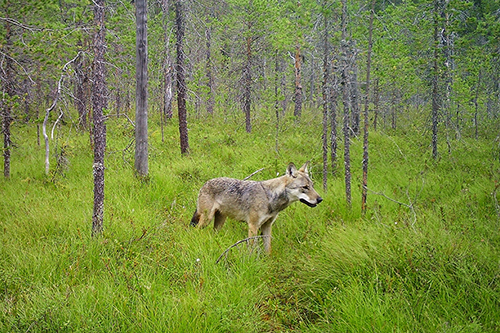The researchers talked to people from the villages of Muezersky, Voloma, Tiksha, Ondozero, and Rugozero, and also had a chance to converse with informants born in other settlements of the district. As a result, more than 20 hours of interviews in Karelian and Russian were recorded.
– Regrettably, we must acknowledge that the Karelian language in the Muezersky District has been preserved less than in areas where they speak Karelian Proper, such as the Medvezhjegorsky and Kalevalsky Districts of Karelia or the Tver Region., – told Natalia Pellinen, Junior Researcher at Linguistics Section ILLH KarRC RAS.
One of the outputs of the trip are the newly recorded dialectal speech samples for the audio map created in connection with the Spoken Corpus of Balto-Finnic Languages of Karelia – a open collection of sounded texts in different dialects of Karelian and Veps with mark-up and Russian translations. This corpus, in turn, will constitute an essential part of the VepKar web portal.

Expedition members with their interlocutors in Voloma village library
Senior Researcher at Ethnology Section ILLH KarRC RAS Yulia Litvin collected ten interviews with Karelian women on topics of women’s daily life, as well as on ethnic identity matters. The scientist explains that the interest in the topic of identity is due to the historically formed ethnic heterogeneity of the population of the present-day Muezersky District. On the one hand, Karelian population has lived there for a long time, and on the other hand, some settlements appeared in the 1950s-1960s, when a branch line of the Oktyabrskaya railroad was built to facilitate the return of "special resettlers" as workforce for the forest industry. Migrants to the republic of the "green gold" came not only from other parts of Karelia, but also from other Soviet republics.
The expedition was implemented within Russian Science Foundation regional project ¹ 22-28-20215 “Creating a spoken corpus of Balto-Finnic languages of Karelia” (Project Leader – Alexandra Rodionova, Researcher, ILLH KarRC RAS). Details about the trip can be found in the travel diary published in the ILLH young scientists' community in VK.
Photos from expedition participants’ archives








